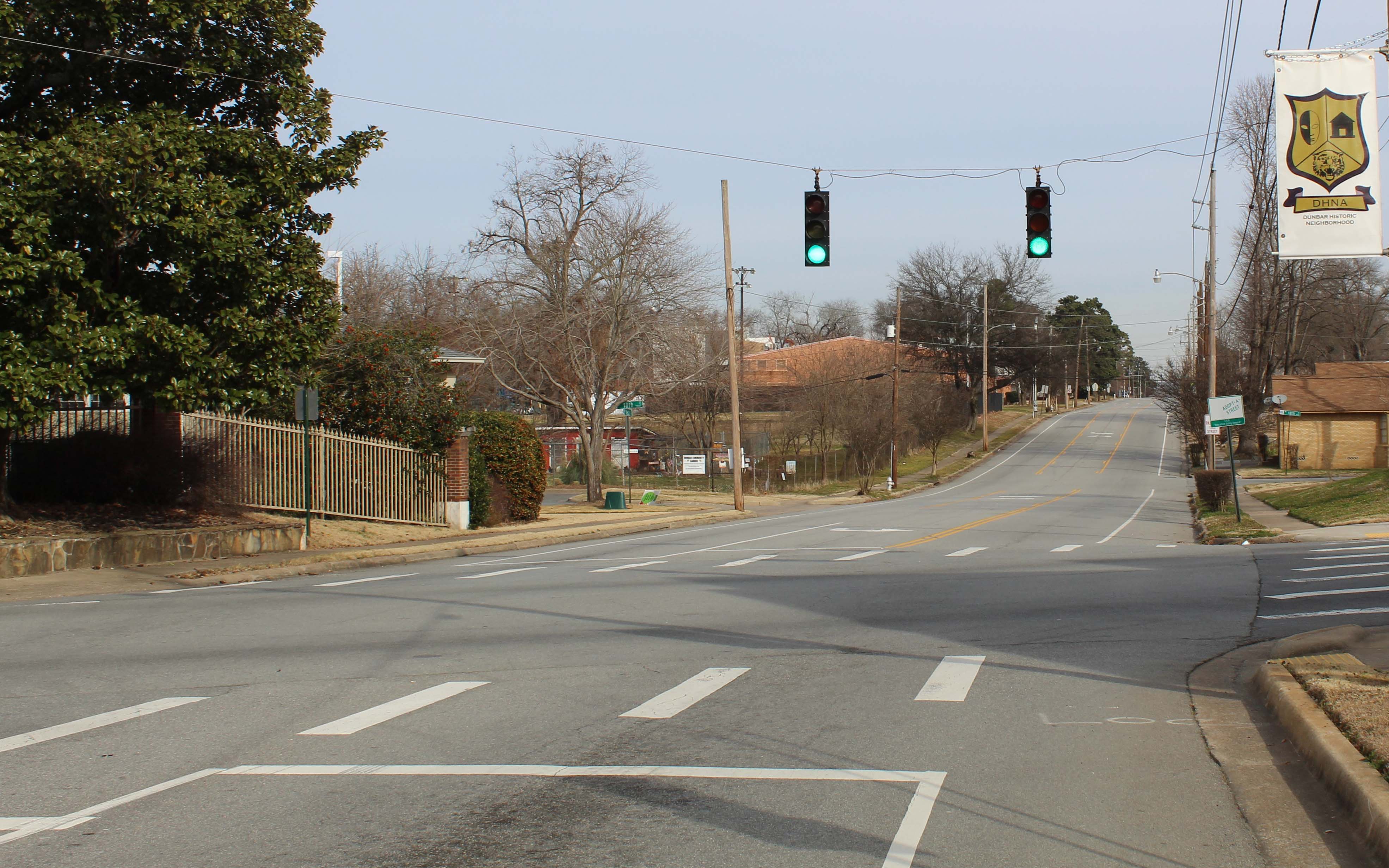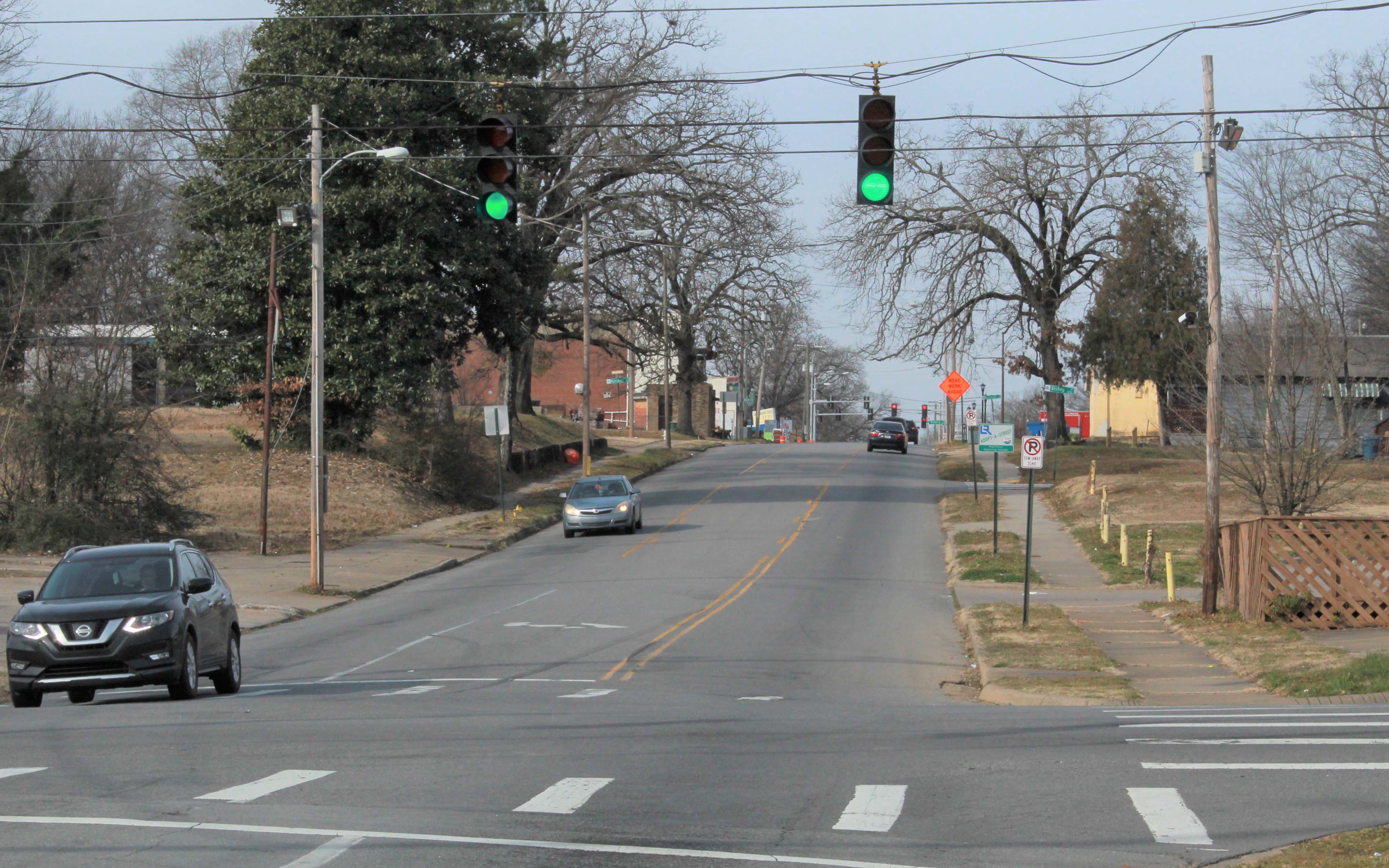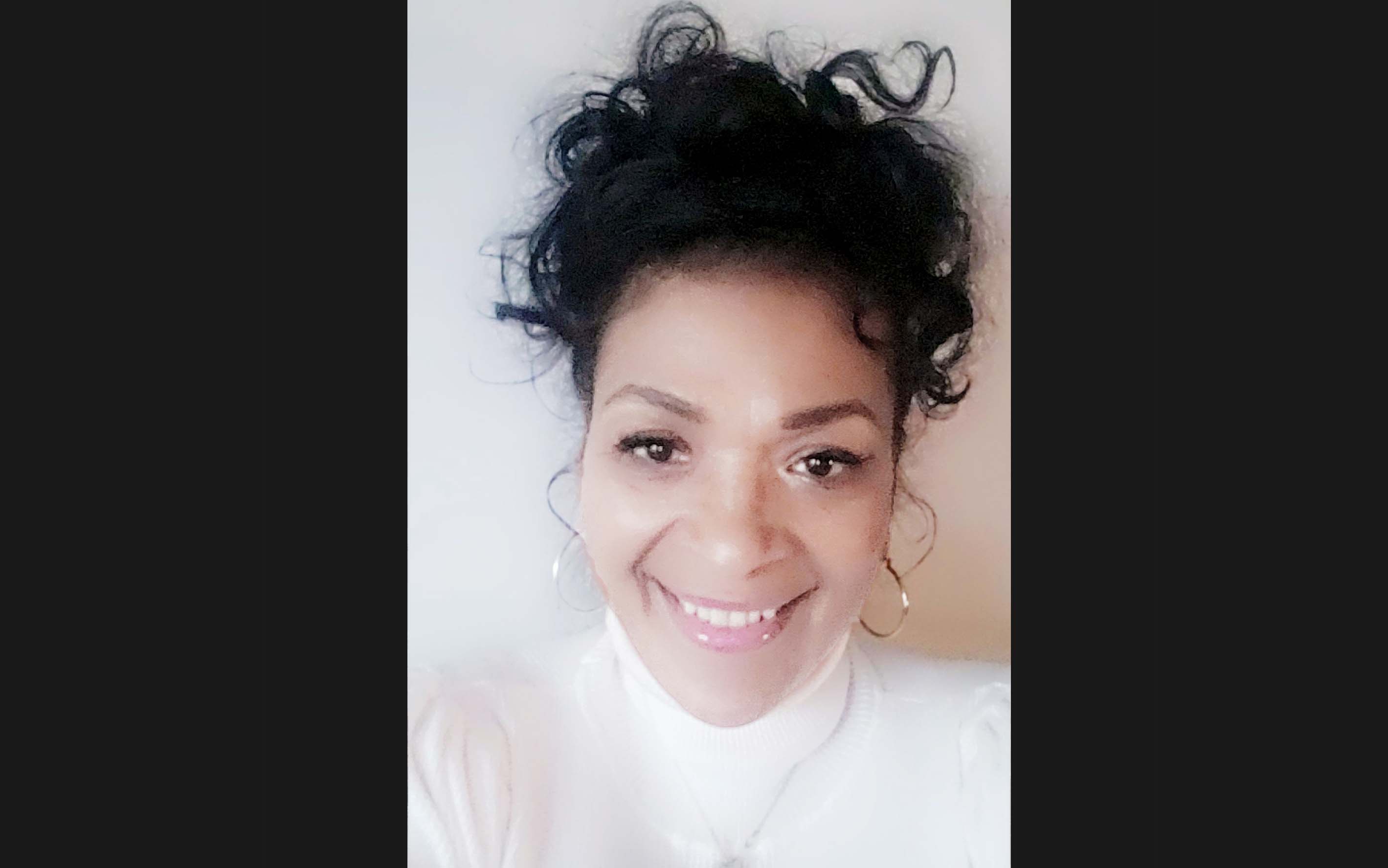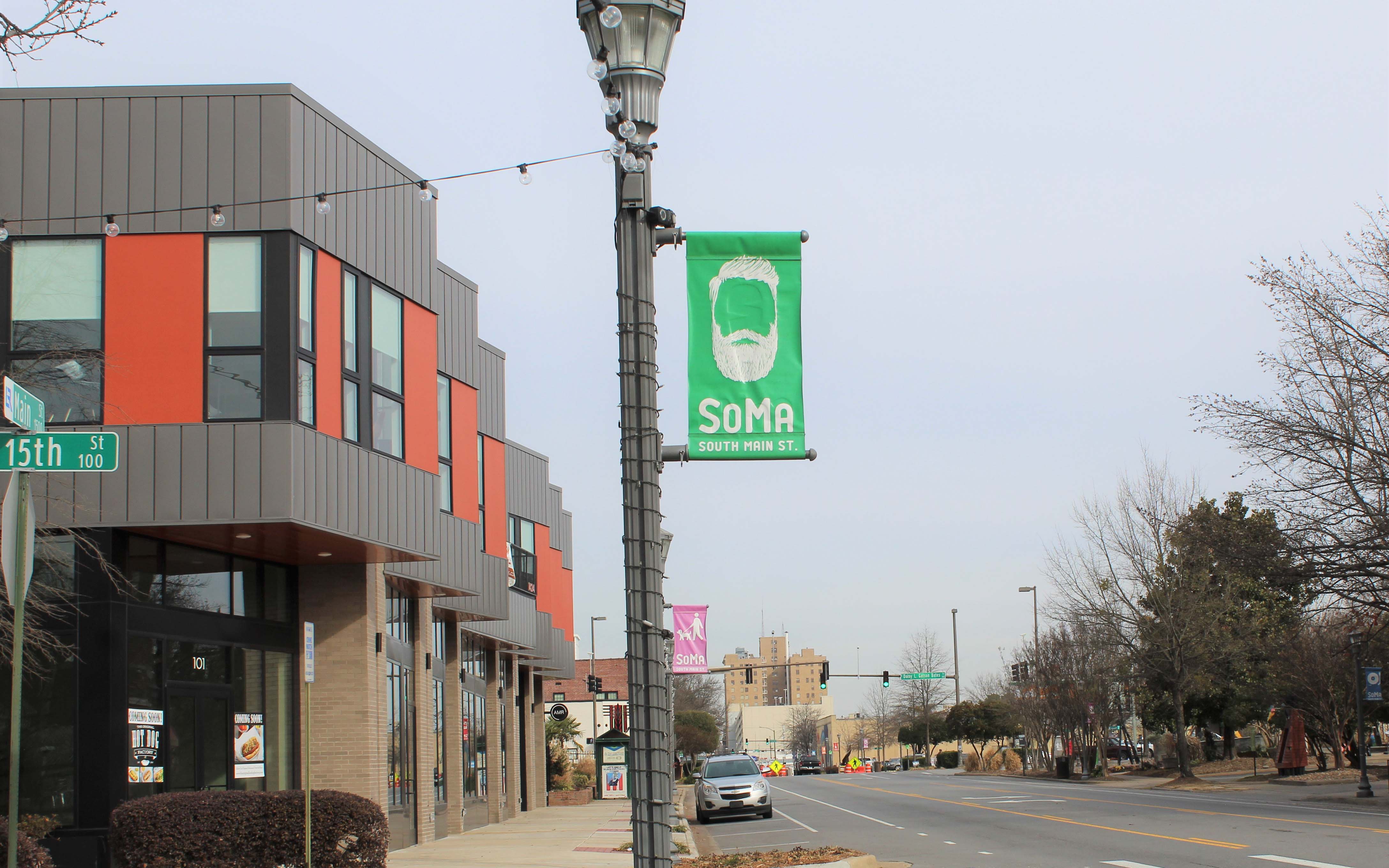Gentrification not the norm yet in Little Rock, neighborhood advocates want to keep it that way
January 25-31, 2021
By Dwain Hebda
If you want to know the temperature of any community find Main Street, the oldest and wisest of thoroughfares. It was paved first, celebrated and burnished first; perhaps showed signs of rust and rot first, is often abandoned first. Not all communities have a street named Main but every one of them has a street that holds that title as honorarium, the timeline of a community.
Take Little Rock, which has a Main Street both in name and as cultural marker. True to form, it’s a pathway through the city’s history – witness to its founding, development, missteps and rediscovery through the decades. To drive it today at its origins in the River Market is to feel good about where the city is heading as new glass fronts, giant colorful murals and bistro dining (pre COVID-19) beckon around seemingly every downtown corner.
Drive south where the historic street vaults I-630 and find South Main, the poster child for the city’s redevelopment chops, a brand maker’s dream of a reclaimed neighborhood. SOMA offers block after block of renovated historic houses and bungalows, chic dining and independent shops. The fresh paint and new brick fairly scream of the strides the neighborhood has taken.
Scott Hamilton, CEO of the Urban League of Arkansas, can’t deny how lovely things look here and he won’t argue with the investment that it took for the neighborhood to rise from shabby to chic over the past decade or so. No stranger to development himself, Hamilton loves the idea of resuscitating such areas through initiative and entrepreneurship.
“Development is good,” he said. “It’s good for the city and good for the community because you want the tax rolls, you want to be able to attract visitors and new residents and all of that stuff. That’s fantastic.”
But the historian in Hamilton also understands what happens when such development occurs within a vacuum, with no overriding plan for the protection and potential displacement of longtime residents, who are almost always poor and of color.
“There’s a moral side to that, which a developer needs to think through,” he said. “There’s a responsibility that a developer should have, as they come into areas and develop. I think the city always has to be careful about putting unreasonable expectations on a developer, because at the end of the day, it’s that person’s money. If someone chooses to spend their money, they should have as much flexibility to do what makes sense to them.”
“However, I do think that the city really should look at some guidelines and encourage or get engaged in some capacity to make sure that these areas that are being developed continue to celebrate and protect those who have been there, and provide some [residential] options that are affordable. It doesn’t have to become something that completely puts somebody out of the market or forces them to leave the city to be able to find affordable living.”
The distal end of Main Street, where it splits Roosevelt Road into east and west and empties into the neighborhood below, reinforces Hamilton’s point. This is Main Street too, and perhaps a more instructive stretch of it at that. The difference in environment is striking: here, SOMA’s tony restaurants yield to St. John Missionary Baptist Church Food Bank, and the utility of Arkansas Enterprises for the Developmentally Disabled (AEDC) replaces River Market’s bustling live-work-play aesthetic. Stylish new apartments that dot the street to the north are absent from the south end, which runs a stone’s throw from Our House Shelter to the east. Main Street meanders silently past these markers before at last pooling south of 31st Street, as if unsure where to go next.
“What I don’t see in Little Rock is that as [developments] happen, what do we provide or try to maintain in these areas so that these folks that have lived in these areas for many years have some affordable options. I’m not seeing that happen at all,” Hamilton said. “The short answer to a long story is, I don’t think Little Rock has a plan that deals with displacement in a good manner.”
****
Gentrification, defined as making someone or something more cultured or refined, is a term that, as applied to neighborhoods, has come to bear increasing derisive undertones. Not for the investment and improvement that comes with an influx of affluent residents, generally white, nor the development capital that tends to follow them. But instead for the ripple effect that gentrification often brings including displacement of longtime residents and their culture through higher property taxes and the sometime-predatory acquisition of ground that pays pennies on the dollar.
Like most cities of any size, Little Rock has experienced the effects of gentrification before there was a word for it and, frankly, before communities at large cared much about shooing poorer populations out of neighborhoods ripe for redevelopment. Riverdale, Pankey (West Cantrell/Highway 10) and East Village all began life as enclaves of poorer, largely Black residents, formed more or less successively as a spillway for the hometown refugees created by an area’s redevelopment.
These episodes aside, gentrification in its truest form is a concept most attached to cities much larger than Little Rock. In fact, in its 2019 study entitled “Shifting Neighborhoods” the National Community Reinvestment Coalition said in communities such as the capital city (smaller, non-coastal) examples of true gentrification are rare.
“A traditional definition of gentrification does not apply to the City of Little Rock,” said Gerald Turner with West Ninth Spirit of Entrepreneurship in Little Rock. “Gentrification has an ability to really change the dynamic of a neighborhood through a concerted effort to capture wealth into a community and to build it from there. The typical places that we see it are urban areas that are depressed. People move in, you get your coffee shops and all of that good stuff.”
“Little Rock is a little different. Everyone likes to look at Pettaway (neighborhood) and SOMA as our examples of gentrification, but you just don’t see the same type of matrix that leads to the community shifting. Look at SOMA; everyone likes to say it’s shifted, but Community Bakery has been there 30 years,” said Turner. “The only thing that’s changed there, really, is that they’ve put Bernice Garden down there and put some lights up on the streets. From that standpoint, I don’t know if we even have any good examples of gentrification, outside of historical ones.”
The ironic twist, Turner noted, is the absence of true gentrification in neighborhoods where it should be found is a troubling measuring stick in and of itself. He said the glaring lack of development in these areas is equally instructive of the stubborn issues of the city’s past that still exist and continue to dictate improvement and investment.
“I’d like to point out to you examples of areas that should have gentrified by now and have not been, which is really the legacy of racial and economic inequality,” Turner continued. “How in the world do we have the housing that we do around Children’s Hospital, UAMS and these major job centers, and we can’t get any investment? Those would be the areas that a doctor says, ‘Wait, I can get a 5,000-square-foot house for $100,000?’ Those should be the things that they jump at. Why does that not happen in Little Rock?
“We don’t have any mixed incomes in our community. We have either poor or rich. We’ve really got to deal with that issue and again, the power’s here, the resources are here, so where’s the political will? That’s nothing against our mayor who, obviously, has announced a big initiative for everything south of I-630. But it can’t just be him,” Turner concluded.
****
The commingling issues of race and economics impacting development and neighborhood investment also aren’t new to Angel Burt who, as executive director for the Dunbar Historic Neighborhood Association, is a vociferous defender of what she considers the most economically fragile and historically significant neighborhood in the city. She said for every SOMA there’s at least one Dunbar practically next door pining for development and resources while fighting tooth and nail against the wholesale whitewashing of neighborhood culture and character that often comes with outside money versus enabling a neighborhood organically.
“When we go all the way back to urban renewal and opportunity zones and now, we talk about gentrification, it’s always in the deprived, underserved communities, which is a code word for the Black community,” she said. “We still don’t really look at the cause and effect of systemic racism that exists on all parameters, in all situations. It makes it really hard for people, especially Black people, to come up.”
Burt said the issues surrounding economic opportunity and equality are more deeply rooted than most people realize with each deficiency feeding the other. Substandard schools mean students don’t get the same instruction in civics and economics. This hamstrings people’s ability to own their own business and often makes them less informed as voters. Worse, they become prime targets for predatory offers on their property. That, said Burt, is how entire areas can be snatched right out from underfoot.
“Well, first of all, we have to look at what gentrification is. It’s affluent people being able to come into deprived areas and properties at a low cost,” she said. “So, you buy the property at a low cost and you build your $300,000 home. Now the property values go up. That means more taxes.”
“So now, if somebody offers to buy my property, do you think I’m going to sell that property? More than likely, yes, especially if it’s property where a parent or somebody passed away and it was given to the children. They don’t live here anymore, they’re renting out the property. Over time, they’re not taking care of the property or they’re not able to get loans to remodel the property.”
Burt said the most effective buttress against this cycle is putting resources in the hands of residents and homegrown entrepreneurs to improve the neighborhood from within, which starts with holding elected officials accountable for resource allocation.
The investment going on on Main Street had a domino effect,” she said. “One business came up, then another business came up and that’s the way it should be. People want to be a part of progress, right? If you get afforded some opportunities and have access to capital, then you see SOMA.”
“When you come over on Chester Street in the Dunbar Community – Chester, Wright Avenue, MLK – those same possibilities are there. But where are the resources? There’s thousands and millions of dollars passed each day by our city board of directors, right? But yet, quietly, the Black community, whether it’s Dunbar, 12th Street, Granite Mountain, just stand still. They don’t exist. It’s as if they’re invisible and they’re not, they’re people that want the same thing that anyone else does.”
At the same time, Burt doesn’t spare the everyday citizen from his or her responsibility to defend the integrity of their neighborhoods and work to improve them.
“It’s about the people that value the community coming together and deciding what should be done about the issues and concerns of the community,” she said. “There are [development] models that are working in a lot of places, and I certainly believe in devising a plan and presenting a plan that is workable to make change start to happen.”
“But we have be the ones to say, OK, well, if no one else cares, we should care. We should get involved to hold people accountable. We must hold our city officials accountable to make sure things are equitable across the board and meets the needs of the people, whatever those needs are, to create a level playing field.”
PHOTO CAPTION:
Economic development on Little Rock’s Wright Avenue and the surrounding Dunbar Historic Neighborhood (DHNA) district remains a fleeting dream while the adjacent (SOMA) South Main and East End areas are booming with Opportunity Zone investments.






